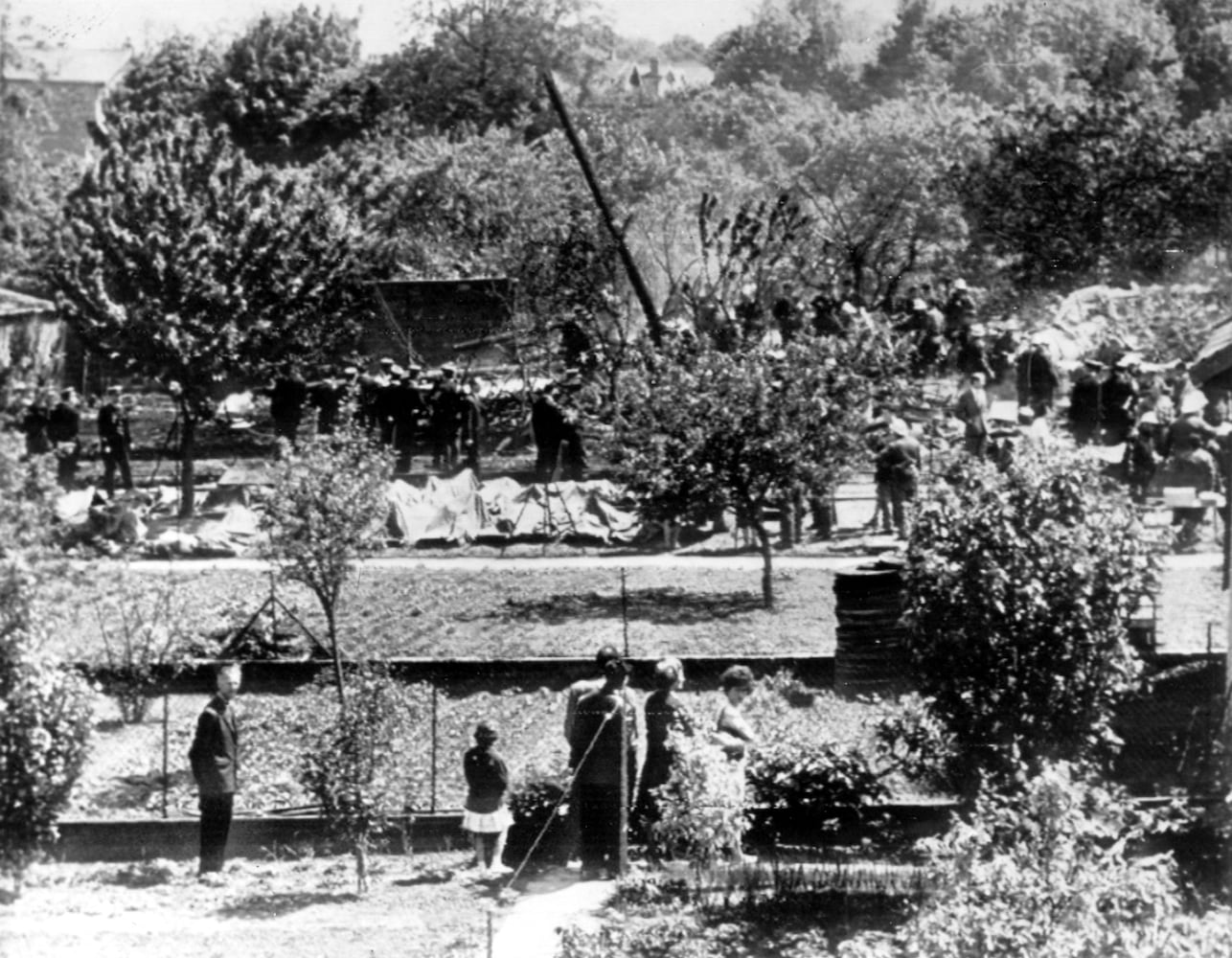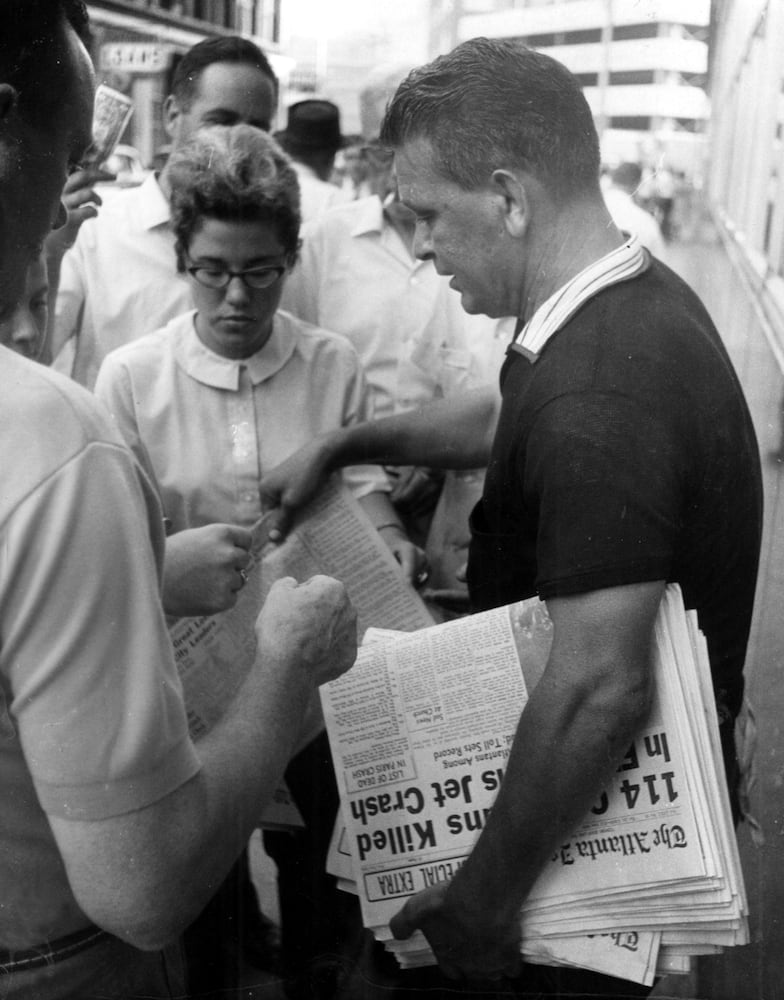NOTE: It’s been 60 years since Atlanta and the local arts community suffered a devastating loss. In the crash of Air France Flight 007 near Paris, 103 of the city’s most prominent arts patrons were killed. Here, we look back at how the tragedy unfolded and how the AJC, and photojournalists of the time, covered the story. This article originally ran online on June 3, 2018, and has been updated.
The 113 Georgians who died at Paris’ Orly Airport on June 3, 1962, all meant something to someone — their families, their friends, the Atlanta arts community — but one man couldn’t really grieve his losses privately. His position required him to serve as the public face of a city in mourning.
Atlanta Mayor Ivan Allen Jr. knew many of the dead. He’d seen them off on their trip in early May; a month later he faced the grim task of helping identify victims and accompanying their remains as they returned home from France.
“This was my generation... these were my friends,” the mayor, his voice breaking, told the Atlanta Constitution shortly after hearing of the crash.
103 members of the Atlanta Art Association never made it back from their monthlong tour of famed European art galleries. They were among the 130 people killed when Air France Flight 007 crashed off the end of an Orly Airport runway after an aborted takeoff attempt. Investigators later learned that mechanical failure caused the crash. It was the worst single airplane crash at that time.
Among the prominent Atlantans killed were Ruth McMillan, Atlanta's Woman of the Year in 1955; Frances Longino, a co-founder of the Davison's department store chain; C. Baxter Jones Jr., a lawyer who ran for Congress in 1952; and Del Paige, president of the Atlanta Art Association. One victim, Doug Davis, was the son of an Atlanta aviator who had himself died in a plane crash decades earlier.
Credit: AP FILE
Credit: AP FILE
THE CRASH: What happened?
Air France Flight 007 attempted takeoff from Orly Airport near Paris, France, on June 3, 1962, but the plane’s landing gear remained on the ground even as the nose of the craft lifted off the runway. The pilots were beyond the maximum speed at which it was safe to abort the takeoff on the runway and had no choice except to attempt to stop the plane. During the attempt to brake, the undercarriage caught fire as the aircraft ran off the end of the runway.
Credit: KEN PATTERSON / AJC FILE
Credit: KEN PATTERSON / AJC FILE
THE AFTERMATH: How did Atlanta react?
Allen immediately flew to the crash site at Orly Airport in order to help identify bodies. With many of its major arts patrons deceased, the city quickly started planning for a memorial to the victims. Former Atlanta Mayor William B. Hartsfield called the Orly crash “the greatest tragedy to hit Atlanta since the Civil War.”
>> READ: “A Concentration of Grief,” Editor Ralph McGill’s column from The Atlanta Constitution the morning after the crash
Credit: CHUCK VOLLERTSEN / AJC File
Credit: CHUCK VOLLERTSEN / AJC File
THE LEGACY: What was the effect on the arts community?
As Sam Hopkins wrote in a 1972 Constitution article commemorating the crash, “most of the Atlantans who died were long-time art patrons who had been the backbone of the cultural growth and activities of the city.” The arts community suffered from the loss, but in typical Atlanta “rising from the ashes” style, the city rebounded from the tragedy and worked hard to ensure that its arts community thrived, a civic commitment continuing to this day. The Woodruff Arts Center, opened in 1968, stands as a memorial honoring the dead of Orly.
ABOUT DEJA NEWS
In this series, we scour the AJC archives for the most interesting news from days gone by, show you original articles and update the story. If you have a story you’d like researched and featured in AJC Deja News, send an email with as much information as you know.
Email: malbright@ajc.com. Use the subject line “AJC Deja News.”
About the Author
Keep Reading
The Latest
Featured




























